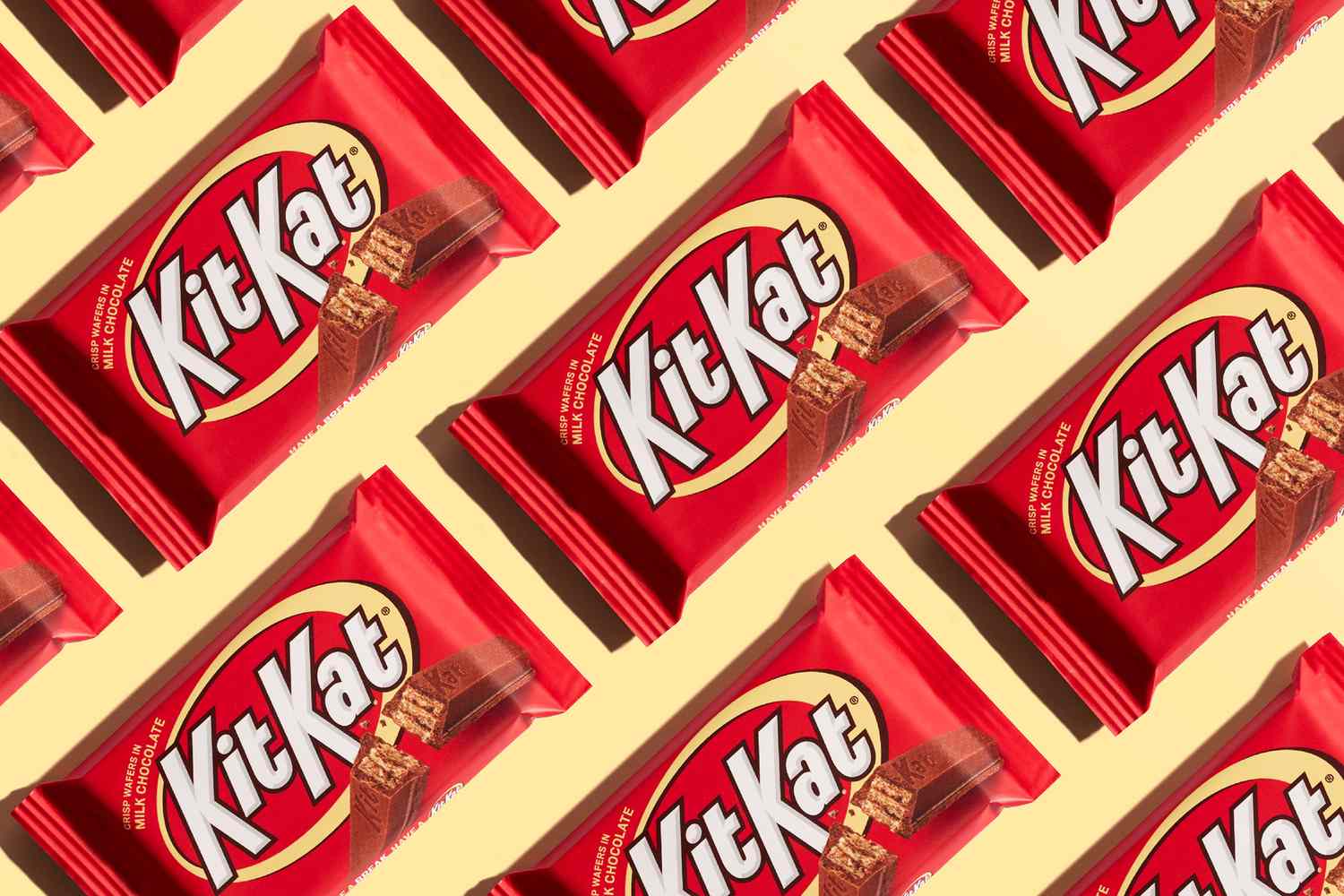Yesterday, whilst wearing flop-flips and jam-jims, I was listening to hop-hip and having a chat-chit with an old friend. He’s imaginary so he didn’t speak back, but he listened real good.
I said, “Isn’t ablaut reduplication such a strange and brilliant grammatical construct?”
He shot me a judgmental look as if to say, “Gary, you need to get out more.”
But what does Jeffrey Seethru know? The invisible idiot. I’d wager a million pennies that ablaut reduplication is more interesting than any of the 471 browser windows you currently have open. And yet, 99% of people have never heard of it. Bloody cool kids, in their leather jackets on their Tok Tiks.
You see, ablaut reduplication is the shifting of vowel sounds in duplicated words to form a new term. King Kong, zig-zag, knick-knack, splish-splash – you get the gist.
But the vowels absolutely have to be in a certain order. If there are two words, then the first vowel has to be I and the second is either A or O (riff-raff, criss-cross). If there are three words it's I, A, O (bish, bash, bosh).
Now that’s interesting enough as it is, right? (Riiiiight?) Well, believe it or not, the exhilaration goes up a notch when you realise that every native English speaker already knows this rule. They just don’t know they know because nobody who knows has ever told them they know. You know?
It’s intrinsic. The sounds of language are deeply coded within us and so any move away from the melody we’re used to is jarring. (That’s actually where ‘ablaut’ comes from. It’s Germanic, and essentially means ‘off sound’.)
So you can’t have a Song Sing whilst playing Pong Ping. Well, you could, but I’m not participating.
There are many brands out there that employ ablaut reduplication in their name - Nik Naks, GiffGaff, KitKat and, of course, the aforementioned TikTok.
That said, reduplication comes in many forms, so it’s not always about the ablaut. There’s rhyming reduplication (FitBit, StubHub, Hubba Bubba) and exact reduplication (TalkTalk, JuJu, HiHi). Reduplication is a great strategy when it comes to brand naming because it creates terms that are short and memorable, and that nicely fit the linguistic melody to which our ears have become so accustomed.

There are other reduplication methods too, but I’ll leave you with my favourite - the schm reduplication (also called ‘deprecative reduplication’). It’s used to demonstrate a blasé or sarcastic reaction to something. As in, rules schmules or fancy schmancy. I absolutely love that this is a legitimate linguistic technique despite it feeling so brilliantly childish.
Language is laden with rules, but far from putting a straitjacket on creativity, these rules can (and should) inspire it.
So, if you’re thinking of naming a new brand or product, don’t dilly-dally. Get into the itsy-bitsy nitty-gritty of razzle-dazzle rhetoric and discover the mish-mashed hodge-podge of what’s on offer.
Or if you fancy a chit-chat, give Sergeant Walnuts a call.

